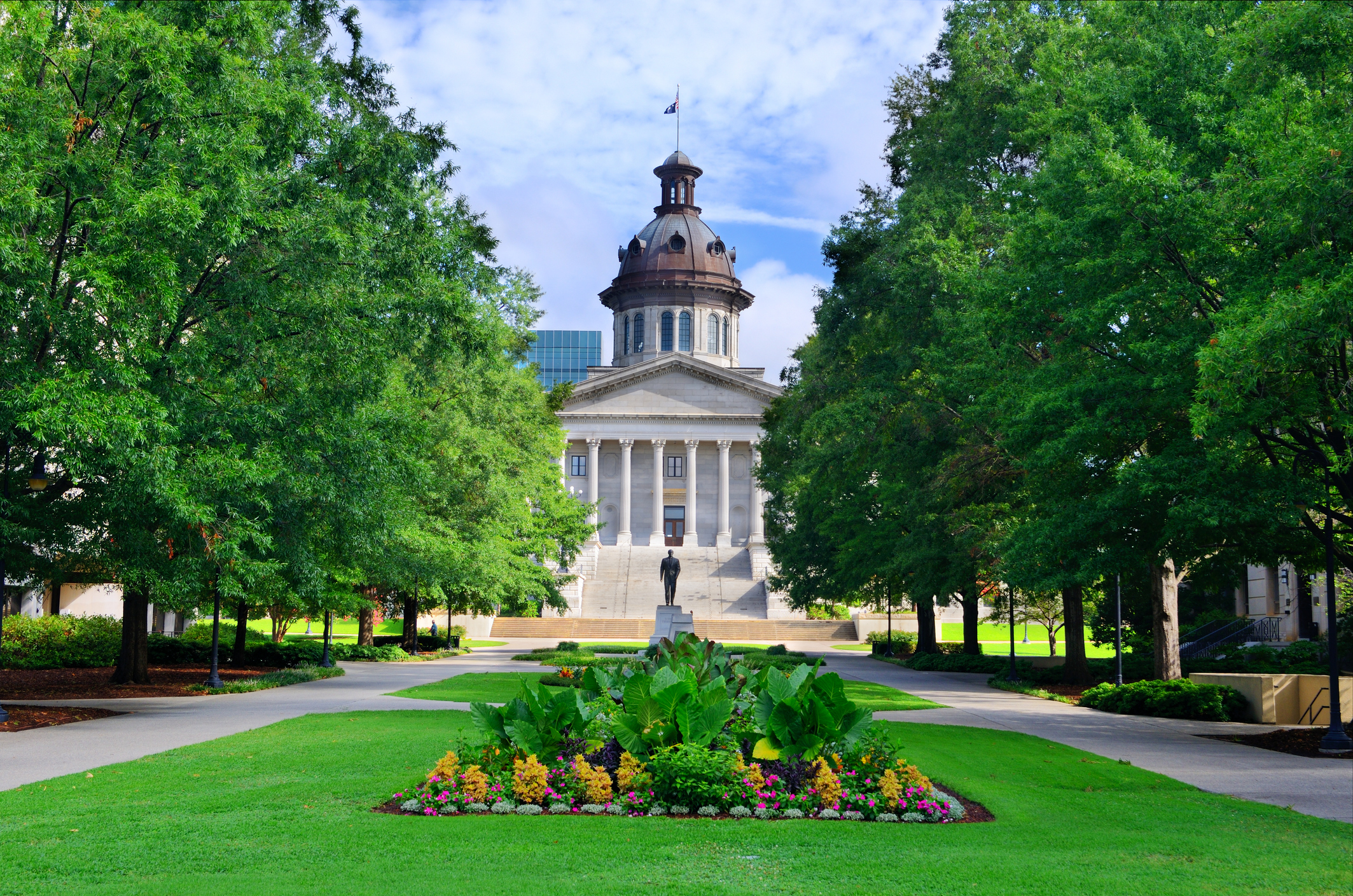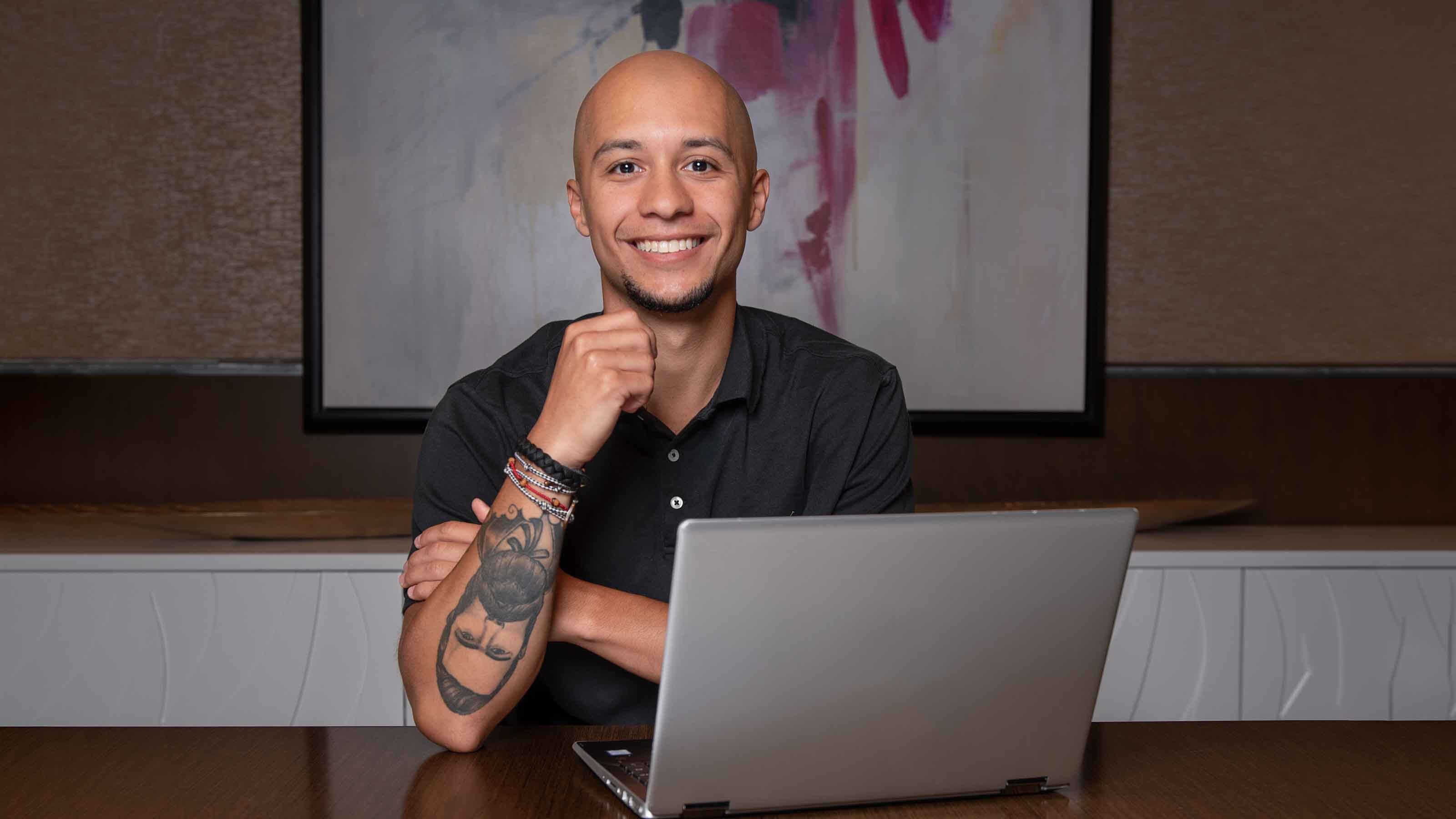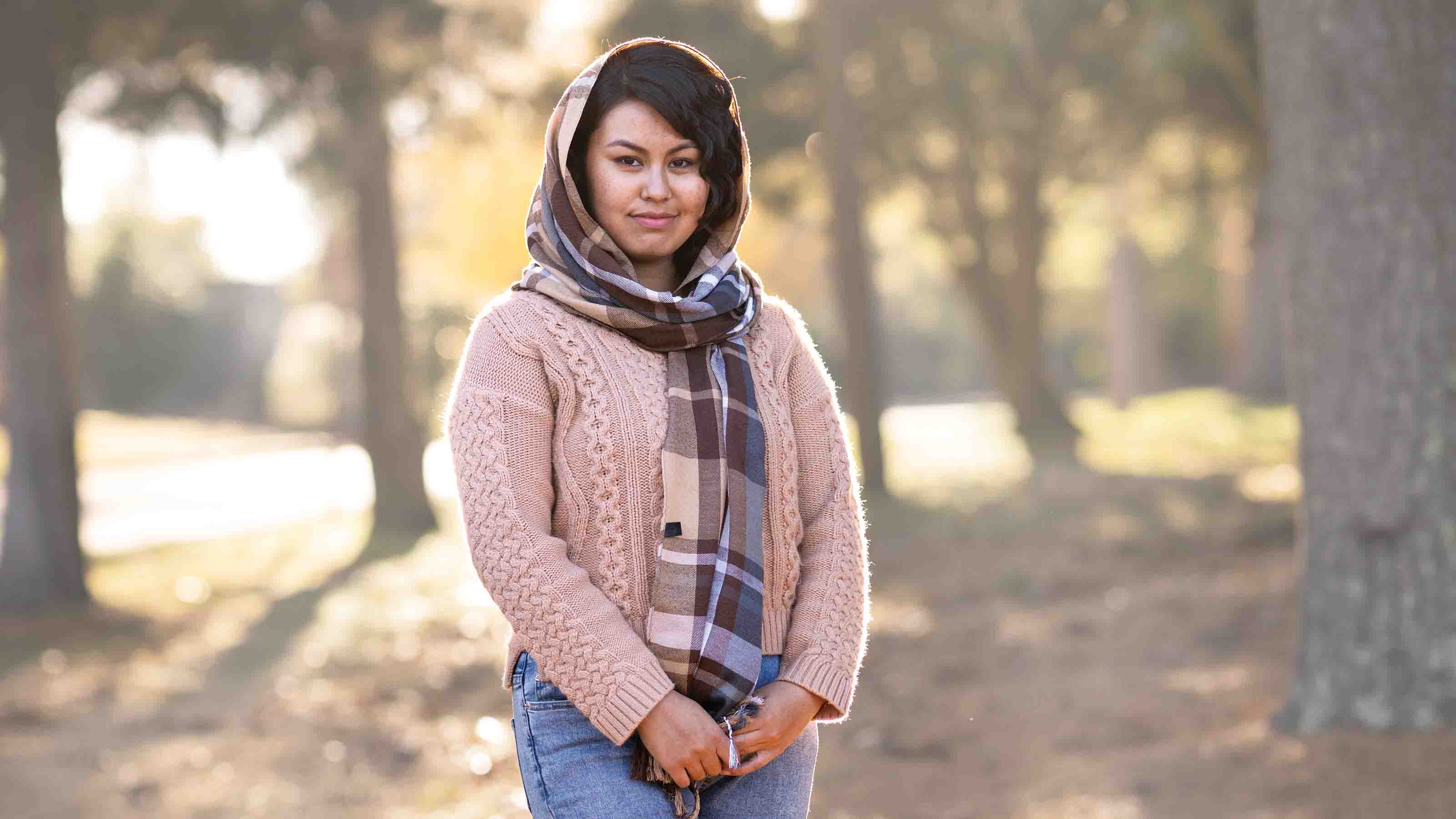Obamacare for Twenty- and Thirtysomethings
Young adults don't often worry about their health coverage, but it's important to protect yourself against unexpected expenses.
Like it or not, you're going to pay for health coverage (or your lack of it) next year. In order to avoid paying a penalty, you'll need to sign up for health insurance by March 31 (though this deadline may be pushed back by a couple of months — stay tuned). It's a mandate that will affect a fair number of young people. About 28% of those between the ages of 19 and 34 "go naked" — double the percentage of those who are 35 years of age or older.
But if some young adults were unwilling to pay for coverage when most of them could have found plans costing just $100 to $200 a month, they may be even more deterred now that premiums are expected to rise. For example, in California, a 25-year-old will pay an average premium of $250 per month for a mid-level silver policy.
So you might think opting to pay a penalty of $95 or 1% of your annual income, whichever is greater, in 2014 would be a better option than getting insured. But the penalties will rise in later years. By 2015, every adult without coverage will fork over $325 or 2% of income; in 2016, the penalty will rise to $695 or 2.5% of income. And of course, without coverage, you risk facing even greater costs if health issues and emergencies arise.

Sign up for Kiplinger’s Free E-Newsletters
Profit and prosper with the best of expert advice on investing, taxes, retirement, personal finance and more - straight to your e-mail.
Profit and prosper with the best of expert advice - straight to your e-mail.
Despite the higher premiums, the good news is that the policies will likely cover more, too. Plus, many young adults will be eligible for subsidies to help them afford the new plans. If your modified adjusted gross income is less than 400% of the federal poverty level — which comes to $45,960 for a single person in 2013 — you qualify to receive a subsidy to lower the premiums on most individual insurance plans. The discounts can be significant. For example, according to the Henry J. Kaiser Family Foundation, the monthly premium for a single 25-year-old in Seattle whose annual income is less than $28,725 drops from $167 to $138 after subsidies for the lowest-cost bronze health plan. In infamously pricey New York City, the cost for a 25-year-old with the same income drops from $308 to just $111 a month for the same plan. Try the calculator from the Kaiser Family Foundation to help determine how much your premium subsidy would be. (For more information, see Calculating the Health Insurance Subsidy.)
If your employer offers a health insurance plan, it's likely a better deal than getting individual coverage. Your boss will take on part of the premiums, and the amount you cover will be taken out of your paycheck before taxes. Keep an eye on when your employer's open enrollment period ends. Otherwise, here are your health care options:
Get on Your Parents' Plan
Luckily for individuals 25 and younger, you can remain on your parents' plan, which is exactly what I've done — just like about 6.6 million other young adults who otherwise might have gone uninsured, according to the Commonwealth Fund, a foundation dedicated to health care research and reform.
You'll have to check your parents' plan to determine whether adding you will increase the monthly premiums. Fortunately, in my case, the cost for my parents' family plan is the same whether I'm included or not (which is why I opt to go with their coverage instead of the plan provided by Kiplinger). But that's not true in every case; it may be cheaper for you to get your own plan. And if you live in a different state than Mom and Dad, look into how their plan will cover you where you live — it may not offer in-network providers near you (see Health Insurance for Twentysomethings for more information).
Keep in mind, too, that if you choose to stay on the family plan, your coverage will automatically end on your 26th birthday. If your employer offers insurance, your birthday will trigger a special open enrollment period. You'll have less than three months to find and start new coverage — either from your employer or on the Obamacare exchanges — or else pay the penalty.
Buy From the Exchange
Each state has an exchange, run by either the federal government or the state itself, where you can buy health insurance and apply for subsidies. Visit www.healthcare.gov to find your state's exchange. For more information about these marketplaces, see Get Ready for Obamacare.
All individual health insurance plans are required to cover certain essentials, such as preventive care, hospitalization, maternity and newborn care, emergency-room care, and prescription drugs. And insurers cannot reject you or charge you more because of a preexisting medical condition. The plans sold on the exchanges are categorized as bronze, silver, gold and platinum. The higher the level, the greater the coverage and higher the premiums will be. But not all plans are the same; there are a variety of plans in each level, and they also vary by insurer and state.
How do you decide which plan fits your need? Because all plans cover preventive visits and procedures, the bronze plan is probably sufficient for most healthy young adults. An individual who often gets sick or has a chronic condition, such as asthma or diabetes, might consider a silver plan, which would cover additional medicine and hospital visits. Judy Solomon, vice-president for health policy at the Center on Budget and Policy Priorities, recommends checking which doctors in your area accept which plans. "Going out of network is going to cost you," she says.
Consider a catastrophic-coverage plan. In addition to the precious-metal plan levels, another option for people younger than 30 is a catastrophic plan. These policies usually have lower premiums but higher deductibles. So, other than the three primary care visits a year and other preventive benefits that are covered by these exchange-purchased plans, all your medical expenses are your responsibility up to a certain amount — usually several thousand dollars. Only after that point does catastrophic coverage kick in. It's geared toward young, healthy people who don't want to spend much on health insurance but who ought to have coverage for emergency situations.
For example, if your appendix bursts or you get into an accident, catastrophic-plan coverage will limit your costs. Although you may still have to pay thousands of dollars to meet your deductible, you'll be protected from financial ruin. "It's probably more comprehensive than a lot of young adults might have been used to with their college coverage," says Devon Herrick, PhD, a health care economist at the National Center for Policy Analysis.
Get Kiplinger Today newsletter — free
Profit and prosper with the best of Kiplinger's advice on investing, taxes, retirement, personal finance and much more. Delivered daily. Enter your email in the box and click Sign Me Up.
-
 Americans Are Retiring Later: Will This Trend Last?
Americans Are Retiring Later: Will This Trend Last?Given a host of pressures to keep working, Americans are retiring later in life. Will regulatory and economic forces encourage you to work longer?
By Christy Bieber
-
 Trump’s Tax Cut Risks Your SNAP, Medicaid Benefits
Trump’s Tax Cut Risks Your SNAP, Medicaid BenefitsTax Cuts The GOP budget blueprint could slash lifesaving programs for millions of U.S. households.
By Gabriella Cruz-Martínez
-
 Debit Cards vs Charge Cards
Debit Cards vs Charge Cardscredit & debt Whether sticking to a budget or reaping big rewards, understand whether debit cards vs charge cards are right for you.
By Ellen Kennedy
-
 Four Smart Steps To Take Before Buying Your First Home
Four Smart Steps To Take Before Buying Your First Homehome Buying your first home can be daunting. Here are four things you need to do years before you start house-hunting to prepare financially for the biggest purchase of your life.
By Andrea Browne Taylor
-
 The 25 Cheapest Places to Live: U.S. Cities Edition
The 25 Cheapest Places to Live: U.S. Cities Editionplaces to live Have a look at the cheapest places to live in America for city dwellers. Is one of the cheapest places to live in the U.S. right for you?
By Donna LeValley
-
 Sharing His Path to Success
Sharing His Path to SuccessStarting Out: New Grads and Young Professionals This Native American studied tech in the Air Force and landed his dream job. Now he’s giving back.
By Emma Patch
-
 PODCAST: How to Find a Job After Graduation, with Beth Hendler-Grunt
PODCAST: How to Find a Job After Graduation, with Beth Hendler-GruntStarting Out: New Grads and Young Professionals Today’s successful job applicants need to know how to ace the virtual interview and be prepared to do good old-fashioned research and networking. Also, gas prices are high, but try a little global perspective.
By David Muhlbaum
-
 Preparing for a New Life
Preparing for a New LifeStarting Out: New Grads and Young Professionals While this Afghan refugee waits for resettlement, she is working to bring her family to the U.S.
By Emma Patch
-
 When It’s Time to Drop Your Parents’ Health Insurance
When It’s Time to Drop Your Parents’ Health InsuranceStarting Out: New Grads and Young Professionals Thanks to the Affordable Care Act, the uninsured rate for twenty-somethings has plummeted.
By Emma Patch
-
 Financial Planning We Can Afford
Financial Planning We Can AffordFinancial Planning You don't have to be a wealthy baby boomer to hire a financial adviser.
By Rivan V. Stinson